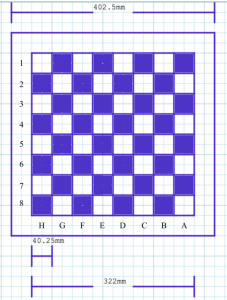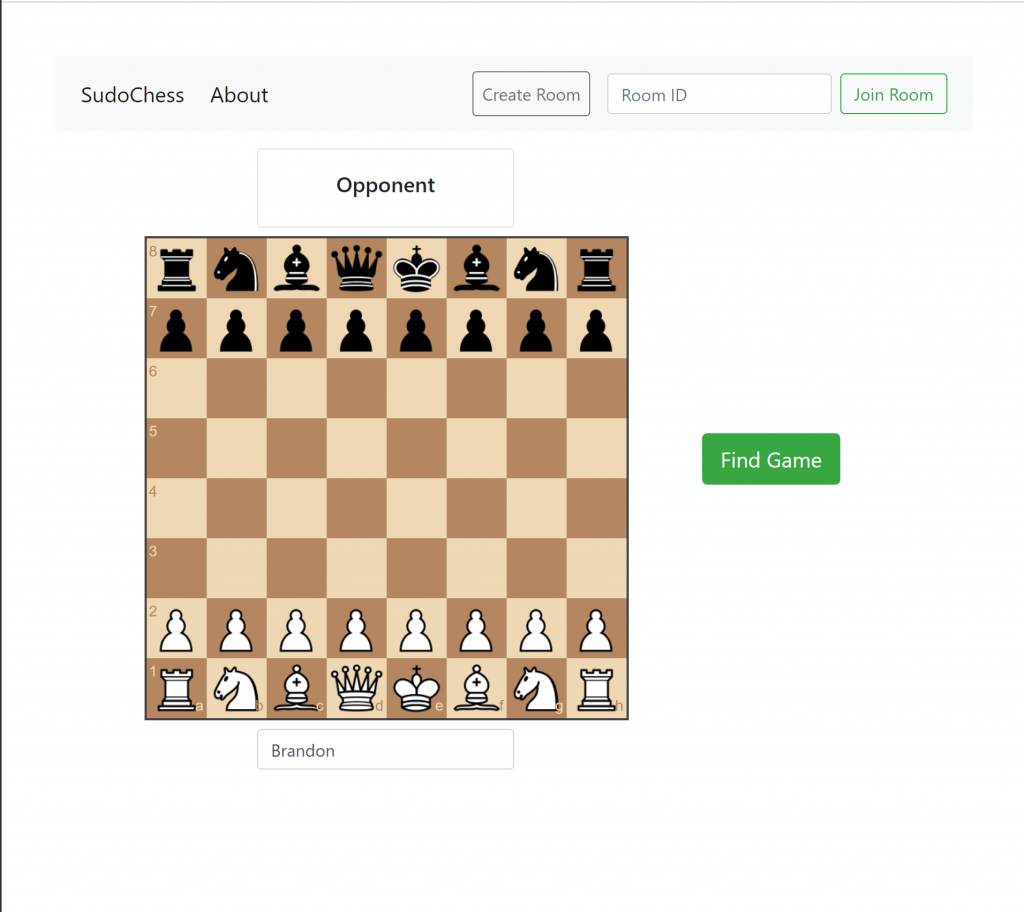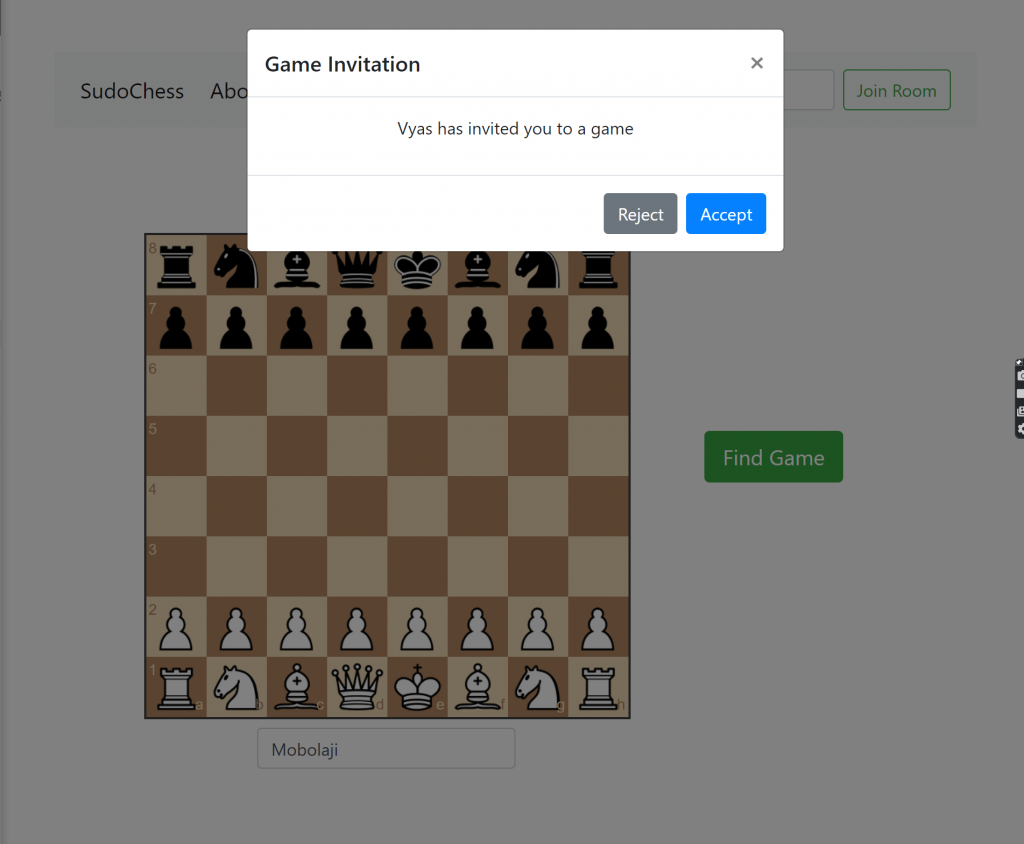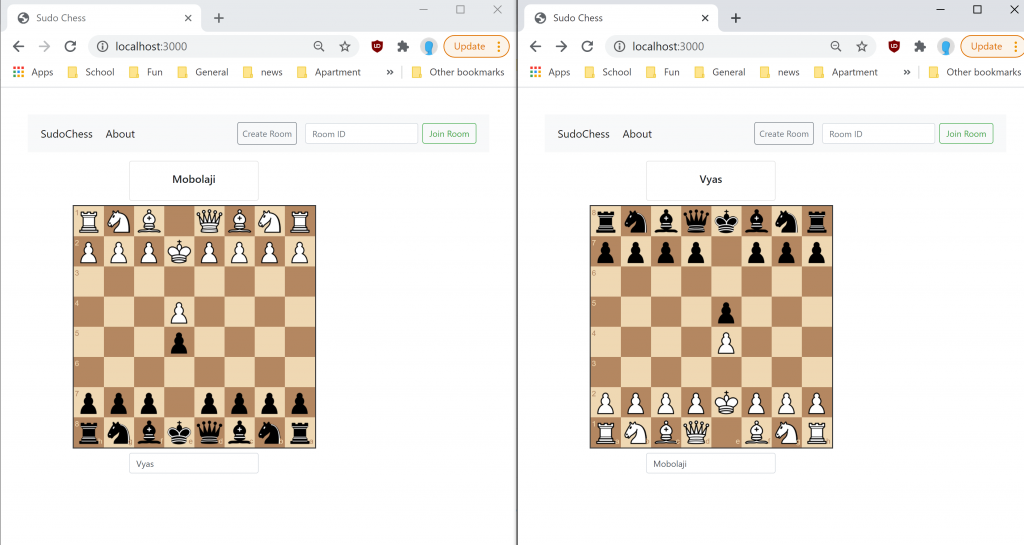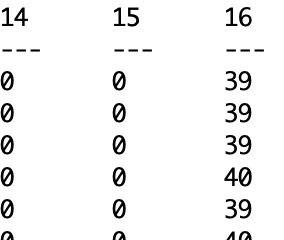Risks
- Our own team deadline of November 23rd, when Tony and Danié meet for the construction of the board, is approaching and we still do not have demoable components. We are addressing this by making sure to keep in touch with each other so that no one falls behind.
Changes
- We may have to consider using a different microcontroller due to the complexity of the calculations we need to make, but if this is necessary it’s a simple re-tuning.
Schedule
- Minor changes to the schedule, rearranging tasks.
- A snapshot of our schedule can be viewed here.
Progress Pictures
- Dimensions for board after verifying the actual travel distance of our linear actuators.
